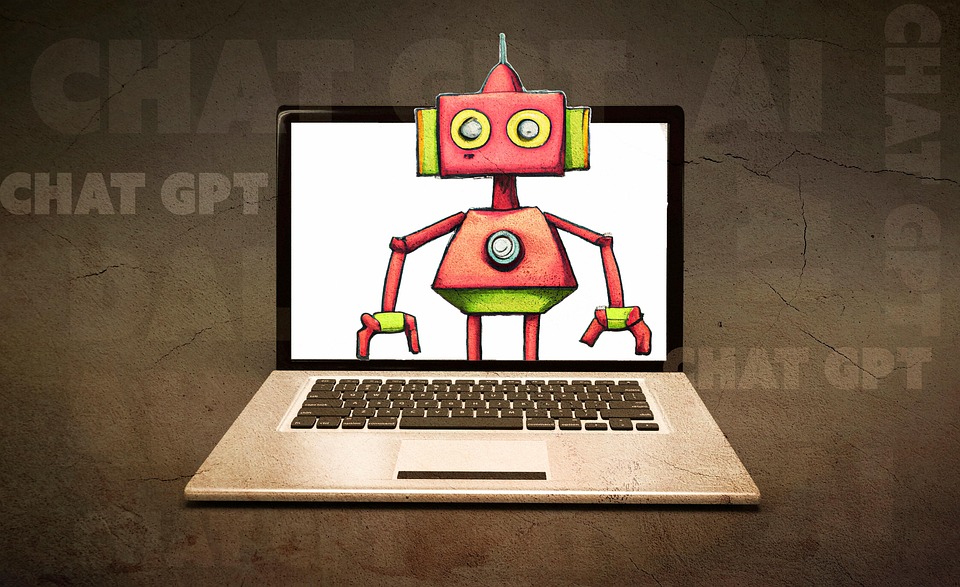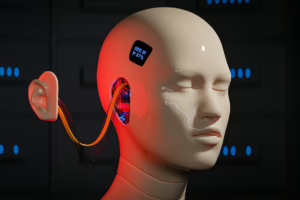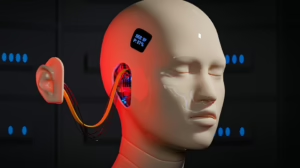Harnessing AI: Real-World Applications You’ll Explore in Our Course
Introduction
Artificial Intelligence (AI) has transitioned from theoretical frameworks and experimental algorithms into a pivotal component of modern life. From self-driving cars to personalized recommendations, AI is reshaping how industries function and how we interact with technology. As businesses and individuals alike recognize the potential of AI, understanding its real-world applications becomes critical. This article explores the various dimensions of AI applications you will delve into in our course, covering vital sectors, transformative technologies, and the skills required to harness AI effectively.
Chapter 1: Understanding AI
1.1 What is Artificial Intelligence?
At its core, AI refers to the simulation of human intelligence processes by machines, particularly computer systems. These processes include learning (acquisition of information and rules for using it), reasoning (using rules to reach approximate or definite conclusions), and self-correction. The field of AI encompasses several subfields, such as machine learning (ML), natural language processing (NLP), robotics, and computer vision.
1.2 The Evolution of AI
The journey of AI dates back to the 1950s but has gained significant momentum in the 21st century, primarily due to advancements in computational power, the availability of vast amounts of data, and breakthroughs in algorithms. This convergence has enabled the development of more sophisticated systems capable of performing complex tasks.
Chapter 2: Applications in Healthcare
2.1 Diagnostic Tools
AI is revolutionizing healthcare through the development of diagnostic tools. Machine learning algorithms can analyze medical images to identify diseases like cancer at earlier stages than traditional methods. For instance, deep learning models are being employed to interpret mammograms, leading to higher detection rates and improved patient outcomes.
2.2 Personalized Medicine
Personalized medicine utilizes AI to tailor treatments based on individual patient profiles. By analyzing genetic information alongside clinical data, AI systems can predict which therapies will be most effective for a specific patient, leading to more successful treatment outcomes and minimizing adverse effects.
Modern Footnote Source:
[1] “How AI is Transforming Healthcare,” Harvard Business Review, 2022.Chapter 3: Finance and Banking
3.1 Fraud Detection
AI is widely used in finance for fraud detection. Machine learning algorithms can analyze transactions in real-time, identifying patterns and anomalies indicative of fraudulent behavior. This proactive approach allows institutions to mitigate risks significantly before losses occur.
3.2 Algorithmic Trading
AI has transformed trading through algorithmic trading systems that execute trades at high speeds based on predefined criteria. These systems analyze market data and trends, enabling traders to capitalize on fleeting opportunities with minimal human intervention.
Modern Footnote Source:
[2] “The Role of AI in Financial Services,” McKinsey & Company, 2023.Chapter 4: Retail and E-commerce
4.1 Recommendation Systems
Recommendation systems are a cornerstone of many e-commerce platforms. By analyzing user behavior and utilizing collaborative filtering techniques, AI can suggest products tailored to individual preferences, thereby enhancing the shopping experience and increasing sales conversion rates.
4.2 Inventory Management
AI-driven inventory management systems predict stock levels required to meet consumer demand effectively. By analyzing historical sales data and market trends, these systems optimize stock replenishment processes, reducing both overstock and stockouts.
Modern Footnote Source:
[3] “How AI is Reinventing Retail,” World Economic Forum, 2022.Chapter 5: Transportation
5.1 Autonomous Vehicles
One of the most talked-about applications of AI is in autonomous vehicles. Companies like Tesla, Waymo, and Uber are leveraging AI for navigation, obstacle detection, and decision-making, leading us toward safer and more efficient transportation systems.
5.2 Traffic Management
AI systems can optimize traffic flow in urban areas by analyzing real-time data from traffic cameras, sensors, and GPS systems. This not only minimizes congestion but also leads to decreased emissions and improved public safety.
Modern Footnote Source:
[4] “AI in Transport: A Smart Mobility Revolution,” International Transport Forum, 2021.Chapter 6: Marketing and Customer Engagement
6.1 Chatbots and Virtual Assistants
Chatbots powered by AI are revolutionizing customer service by enabling 24/7 support. These systems, using NLP, can understand and respond to customer queries in real-time, improving customer experience and operational efficiency.
6.2 Predictive Analytics
Marketers are increasingly using predictive analytics to forecast consumer behavior. By analyzing historical data and trends, AI can help businesses tailor marketing strategies to maximize engagement and conversions.
Modern Footnote Source:
[5] “The Future of AI in Marketing,” Deloitte Insights, 2023.Chapter 7: Education
7.1 Personalized Learning
In the education sector, AI offers personalized learning experiences by adapting content to meet individual student needs. AI-driven platforms can assess student performance in real-time, providing tailored resources that enhance learning outcomes.
7.2 Administrative Efficiency
AI can streamline administrative tasks within educational institutions. From grading assignments to managing schedules, AI reduces the workload on teachers and administrators, allowing them to focus more on student engagement.
Modern Footnote Source:
[6] “AI in Education: Personalizing Learning Experiences,” EdTech Magazine, 2022.Chapter 8: Environmental Sustainability
8.1 Climate Modeling
AI plays a critical role in climate science by improving models that predict climate change impacts. These models can analyze vast datasets to forecast weather patterns and assess the effectiveness of mitigation strategies.
8.2 Resource Management
AI systems are being used in resource management to optimize energy consumption in smart grids, leading to reduced waste and improved sustainability. By analyzing usage data, AI can help organizations reduce their carbon footprint.
Modern Footnote Source:
[7] “Harnessing AI for Sustainable Development,” United Nations, 2023.Chapter 9: Legal and Compliance
9.1 Contract Review
In the legal field, AI tools can assist lawyers in reviewing contracts. Machine learning models trained on legal documents can highlight relevant clauses, potential risks, and compliance issues, speeding up the review process significantly.
9.2 Predictive Legal Analytics
AI can provide insights into legal outcomes through predictive analytics. By analyzing historical case data, AI helps legal professionals assess the likelihood of success in litigation, guiding decision-making and strategy.
Modern Footnote Source:
[8] “The Impact of AI on the Legal Profession,” American Bar Association Journal, 2023.Chapter 10: Skills for Harnessing AI
10.1 Technical Skills
To effectively harness AI, a strong technical foundation is essential. Skills in programming, data analysis, and specific AI frameworks (such as TensorFlow or PyTorch) are crucial for developing AI applications.
10.2 Soft Skills
In addition to technical expertise, soft skills such as critical thinking, creativity, and communication are equally important. The ability to articulate AI-driven insights and collaborate with diverse teams is vital for implementing AI solutions successfully.
Conclusion
As we navigate this era of digital transformation, AI offers vast opportunities across multiple sectors. Our course aims to equip you with the knowledge and skills necessary to understand and leverage these real-world applications of AI effectively. Whether you’re interested in healthcare, finance, or environmental sustainability, the potential of AI is limitless. By harnessing its capabilities, you can become an innovator in your field, driving positive change and advancing human progress.
In this ever-evolving landscape, continuous learning and adaptation will be key. Join us as we explore the dynamic realm of AI together—your journey into the future begins here.
This article serves as a primer for the real-world applications you will encounter in our course. For in-depth exploration and hands-on experience, we encourage you to enroll and engage with the fascinating world of AI. Together, let’s shape the future!


























Add Comment